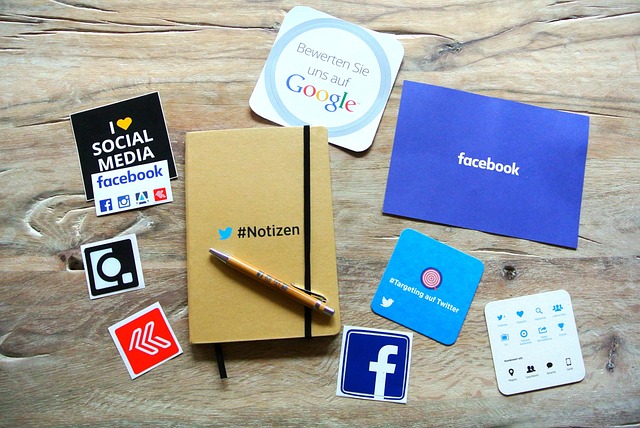AI Guest Occupancy Forecasting leverages natural language processing (NLP) tools to analyze vast historical data, guest reviews, social media trends, and more, uncovering hidden patterns for improved predictions. By understanding granular guest preferences through sentiment analysis and topic modeling, NLP enhances forecast accuracy, enabling hotels to optimize pricing, room allocation, and revenue management. This advanced forecasting streamlines operations, contributes to personalized guest experiences, and ensures financial stability by meeting peak demands effectively.
In today’s digital era, Artificial Intelligence (AI) is transforming industries, and hospitality is no exception. AI guest occupancy forecasting leverages Natural Language Processing (NLP) tools to revolutionize business insights, enhancing accuracy in predicting hotel occupancy rates. NLP’s ability to interpret vast amounts of data from diverse sources empowers hotels to make informed decisions, optimize pricing strategies, and maximize revenue. This article explores how NLP enhances accurate forecasting in hospitality and provides a practical guide to implementing AI-powered NLP tools for optimal business outcomes.
- Understanding AI Guest Occupancy Forecasting: The Power of Natural Language Processing
- How NLP Enhances Accurate Forecasting in Hospitality
- Implementing AI-Powered NLP Tools for Optimal Business Insights
Understanding AI Guest Occupancy Forecasting: The Power of Natural Language Processing

AI Guest Occupancy Forecasting leverages natural language processing (NLP) tools to revolutionize hotel industry predictions. By analyzing vast amounts of historical data, guest reviews, social media trends, and other textual sources, NLP algorithms can uncover hidden patterns and insights that traditional methods often miss. These patterns enable more accurate forecasts on guest occupancy rates, allowing hotels to optimize pricing strategies, enhance room allocation, and improve overall revenue management.
With NLP, hotels can understand guest preferences at a granular level. Sentiment analysis of reviews helps identify positive and negative aspects of the stay, while topic modeling reveals trends in guest queries and requests. Integrating this qualitative data into forecasting models enhances prediction accuracy, ensuring hotels are well-prepared to meet demand fluctuations. This advanced AI guest occupancy forecasting not only streamlines operations but also fosters a more personalized and satisfying guest experience.
How NLP Enhances Accurate Forecasting in Hospitality

Natural Language Processing (NLP) is transforming the hospitality industry by empowering businesses with precise tools for predicting guest behavior, specifically in terms of AI guest occupancy forecasting. By analyzing vast amounts of textual data from various sources—guest reviews, social media mentions, online travel agency feedback—NLP models can identify patterns and trends that would be difficult to detect through traditional methods. This enables hotels and other accommodation providers to make data-driven decisions about pricing strategies, inventory management, and marketing campaigns, thereby optimizing revenue and improving guest satisfaction.
Furthermore, NLP facilitates more accurate occupancy forecasting by considering not just historical data but also real-time conversations and sentiment analysis. For instance, understanding the context and emotions expressed in online discussions can help predict potential cancellations or last-minute bookings. This dynamic approach allows hospitality businesses to dynamically adjust their operations, ensuring that they are prepared for peak demands and minimizing empty rooms, leading to enhanced operational efficiency and financial health.
Implementing AI-Powered NLP Tools for Optimal Business Insights

Implementing AI-driven Natural Language Processing (NLP) tools can be a game-changer for businesses, especially in sectors like hospitality and tourism where data is key to success. By utilizing these advanced technologies, companies can gain valuable insights from textual data, such as guest reviews and social media conversations. For example, AI-powered NLP models can analyze customer feedback to predict future trends and patterns, enabling hotels and resorts to optimize their services and enhance guest experiences.
In the context of guest occupancy forecasting, AI NLP tools can process vast amounts of historical data and real-time information to provide accurate predictions. These models learn from past performance, seasonal variations, and external factors influencing bookings, allowing businesses to anticipate demand and adjust strategies accordingly. This not only improves operational efficiency but also helps in making informed decisions related to staffing, pricing, and marketing campaigns.
AI guest occupancy forecasting has transformed the hospitality industry, and natural language processing (NLP) tools are at the forefront of this revolution. By leveraging NLP, businesses can enhance accuracy in forecasting, leading to optimal resource allocation and increased revenue. Implementing AI-powered NLP tools allows for deeper business insights, enabling hotels and travel companies to stay ahead of market trends and guest preferences. This technology ensures a competitive edge while providing exceptional customer experiences.
